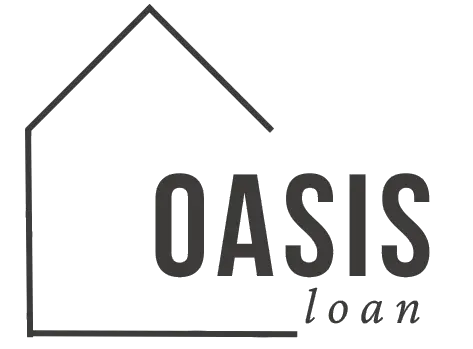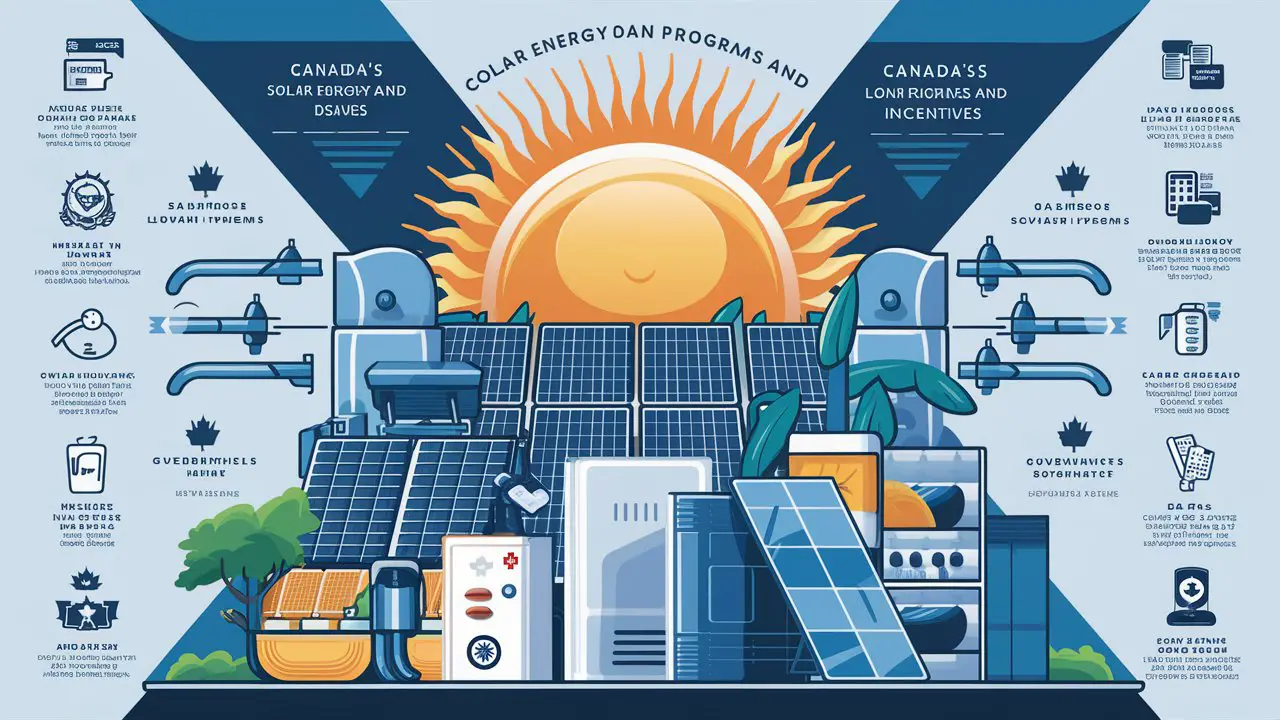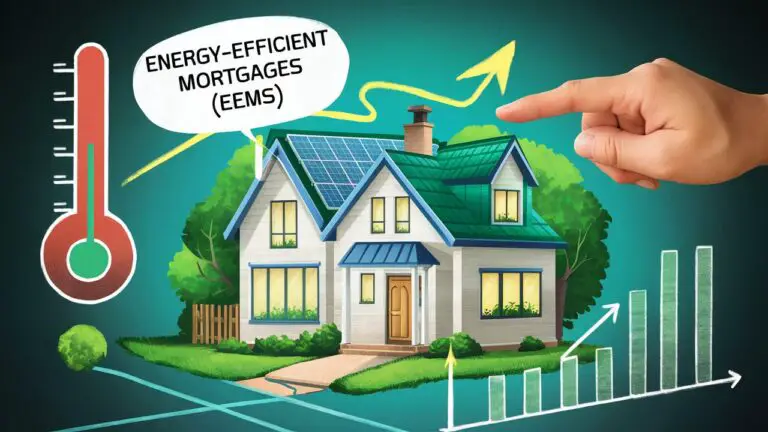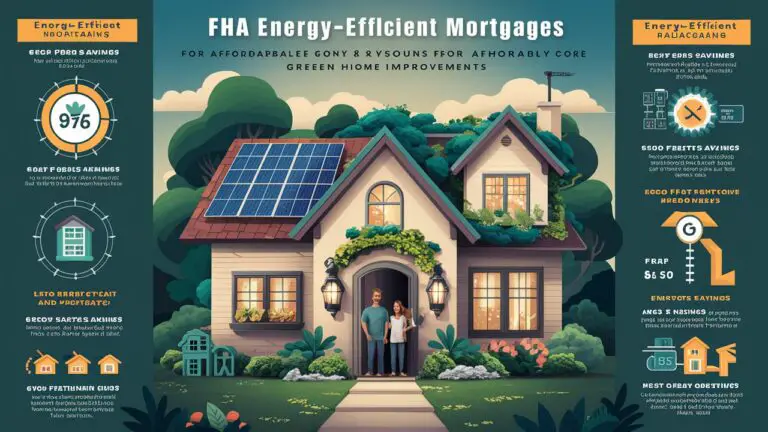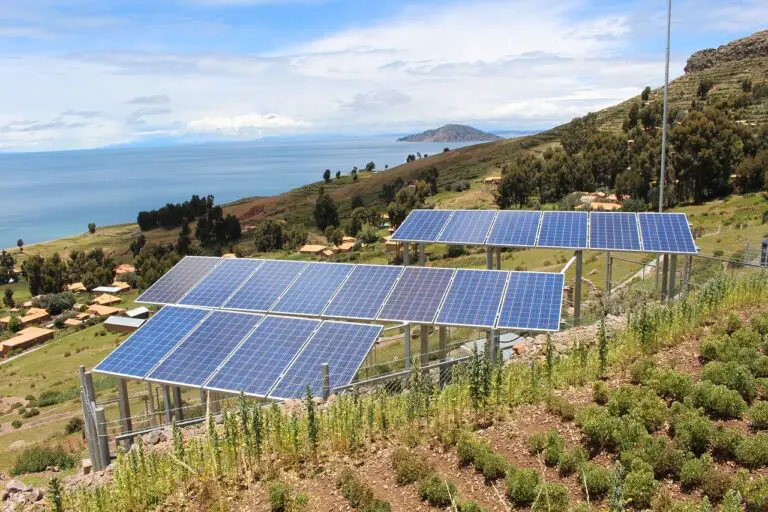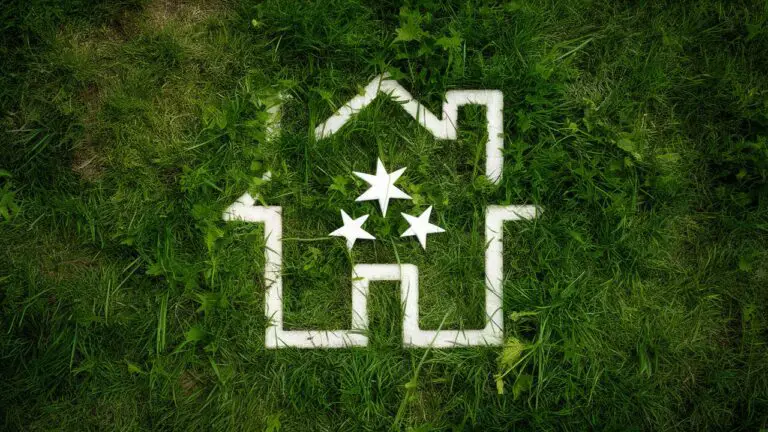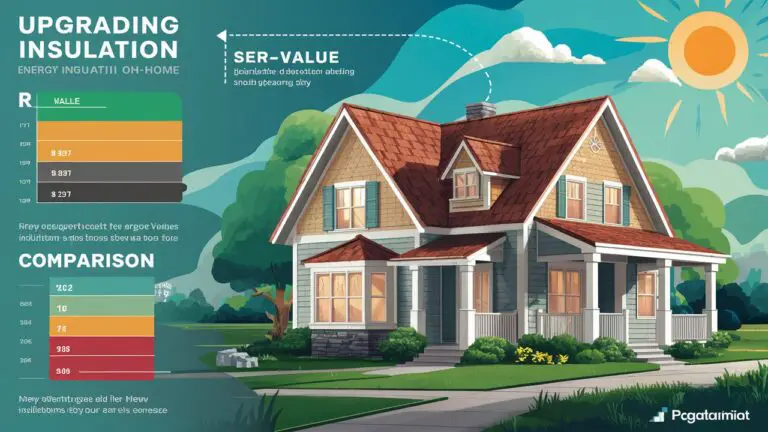What Are Energy-Efficient Home Loans?
In an era where sustainability is paramount, energy-efficient home loans have become a crucial financing tool for homeowners aiming to reduce their carbon footprint. These loans not only support the adoption of renewable energy technologies but also encourage eco-friendly home improvements. This article explores various aspects of energy-efficient home loans, their benefits, and how they can be utilized to enhance your property while saving money in the long run.
Understanding Energy-Efficient Home Loans
Energy-efficient home loans, also known as green home improvement loans, are designed to help homeowners finance projects that reduce energy consumption. These loans often come with favorable terms, recognizing the long-term savings they provide both to the borrower and the environment.
Types of Energy-Efficient Home Loans
1. Federal Housing Administration (FHA) Energy Efficient Mortgage (EEM):
The FHA Energy Efficient Mortgage allows homeowners to roll the cost of energy-efficient upgrades into their mortgage. This loan type is ideal for those who are purchasing or refinancing a home and want to include costs for solar panels, energy-efficient windows, or insulation.
2. VA Energy Efficient Mortgage:
Veterans and active-duty military personnel can benefit from the VA’s Energy Efficient Mortgage program. This option is similar to the FHA’s EEM but tailored specifically for veterans. It’s perfect for financing upgrades like solar panels and energy-efficient heating systems.
3. Conventional Energy-Efficient Loans:
Many private lenders offer conventional loans for energy-efficient home improvements. These loans typically have competitive interest rates and flexible terms. Some lenders even offer specialized loans for solar panels, recognizing the value of renewable energy investments.
Eligibility Criteria for Energy-Efficient Home Loans
1. Homeowner’s Credit Score:
Lenders generally require a good credit score to qualify for energy-efficient home loans. While specific requirements vary, a score above 620 is typically considered acceptable.
2. Proof of Energy Savings:
To qualify for certain loans, homeowners must demonstrate that the proposed improvements will lead to significant energy savings. This proof might include an energy audit or a report from a certified contractor.
3. Property Type and Location:
The eligibility for green home improvement loans may also depend on the property type and location. For instance, certain programs are only available for single-family homes or properties within specific geographic areas.
Key Benefits of Energy-Efficient Home Loans
Investing in energy-efficient home loans offers numerous advantages, both financially and environmentally. Below are some key benefits homeowners can expect.
1. Lower Energy Bills
Reducing Utility Costs:
Homeowners can significantly lower their monthly utility bills by investing in energy-efficient upgrades. Whether it’s installing solar panels or upgrading insulation, these improvements reduce energy consumption and lead to substantial savings over time.
Return on Investment:
While the initial cost of green home improvements might seem high, the long-term savings usually outweigh these expenses. Most homeowners recoup their investment within a few years, making energy-efficient loans a financially sound choice.
2. Increased Property Value
Enhanced Market Appeal:
Properties with energy-efficient features, such as solar panels or energy-efficient windows, are more attractive to potential buyers. Green homes not only sell faster but also command higher prices in the real estate market.
Appraisal Benefits:
When refinancing or selling, homes with energy-efficient improvements often receive higher appraisals. Lenders recognize the added value of these features, leading to better loan terms or higher selling prices.
3. Environmental Impact
Reducing Carbon Footprint:
One of the most compelling reasons to consider green home improvement loans is the positive impact on the environment. By reducing reliance on non-renewable energy sources, homeowners can lower their carbon footprint and contribute to a healthier planet.
Supporting Renewable Energy:
Investing in renewable energy, such as solar panels, supports the broader transition to sustainable energy. This shift is crucial for combating climate change and preserving natural resources for future generations.
Common Uses for Energy-Efficient Home Loans
Energy-efficient home loans can be used for a variety of projects that enhance your home’s sustainability. Below are some of the most common uses.
1. Loans for Solar Panels
Harnessing Solar Energy:
One of the most popular uses for green home improvement loans is to install solar panels. Solar energy reduces electricity bills and provides a sustainable energy source. Over time, solar panels pay for themselves, especially with the help of government incentives and rebates.
Financing Options for Solar Panels:
Specialized loans for solar panels often come with lower interest rates and extended repayment periods. These loans are an excellent way to finance the upfront cost, making solar energy accessible to more homeowners.
2. Energy-Efficient Windows and Doors
Improving Insulation:
Upgrading to energy-efficient windows and doors helps to reduce heat loss in winter and heat gain in summer. This improved insulation can significantly lower heating and cooling costs, contributing to a more comfortable home environment.
Tax Credits and Incentives:
Many regions offer tax credits or rebates for installing energy-efficient windows and doors. These financial incentives can further reduce the cost of these upgrades, making them more affordable.
3. Eco-Friendly Heating and Cooling Systems
Upgrading HVAC Systems:
Replacing outdated heating, ventilation, and air conditioning (HVAC) systems with energy-efficient models is a smart investment. These systems use less energy, reducing your carbon footprint and lowering utility bills.
Using Green Loans for HVAC:
Energy-efficient home loans are perfect for financing HVAC upgrades. With the right loan, you can spread the cost over several years, making the investment more manageable.
How to Apply for an Energy-Efficient Home Loan
Applying for an energy-efficient home loan involves several steps, each designed to ensure that the funds are used for qualifying improvements. Below is a step-by-step guide to help you navigate the process.
1. Assess Your Energy Needs
Conduct an Energy Audit:
Before applying for a loan, it’s essential to understand your home’s energy efficiency. An energy audit, conducted by a certified professional, can identify areas where improvements are needed, such as insulation or HVAC systems.
Prioritize Upgrades:
Once you know where your home is lacking, prioritize the most impactful upgrades. Whether it’s installing solar panels or upgrading windows, focus on projects that offer the greatest return on investment.
2. Choose the Right Loan
Research Loan Options:
Different loans cater to different needs. Whether you’re interested in loans for solar panels or a general green home improvement loan, research the options available to find the best fit for your situation.
Compare Interest Rates and Terms:
Interest rates and loan terms can vary significantly between lenders. Compare multiple offers to ensure you get the most favorable terms, considering both short-term costs and long-term savings.
3. Gather Required Documentation
Prepare Financial Documents:
Lenders will typically require financial documents such as income statements, tax returns, and credit reports. Having these documents ready can speed up the application process.
Obtain Contractor Estimates:
For some loans, especially those focused on energy efficiency, you may need to provide contractor estimates. These estimates should detail the costs and expected energy savings of the proposed improvements.
4. Submit Your Application
Complete the Application Form:
Fill out the loan application carefully, ensuring that all information is accurate and complete. Any discrepancies or missing details can delay the approval process.
Review and Sign:
Once you’ve submitted your application, the lender will review it and may request additional information. Upon approval, carefully review the loan agreement before signing.
Conclusion
Energy-efficient home loans provide an excellent opportunity to invest in your home’s sustainability while saving money on utility bills and increasing property value. Whether you’re considering loans for solar panels or general green home improvement loans, these financing options make eco-friendly upgrades more accessible. By understanding the types, benefits, and application process, you can make informed decisions that benefit both your wallet and the environment.
Sources:
- Energy.gov on Energy-Efficient Mortgages
- U.S. Department of Housing and Urban Development
- Solar Energy Industries Association
